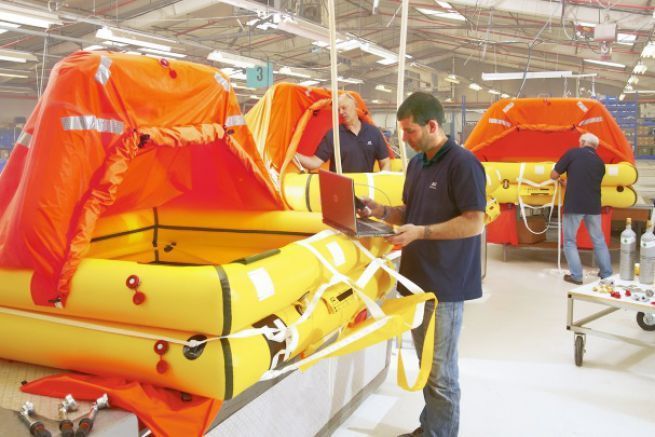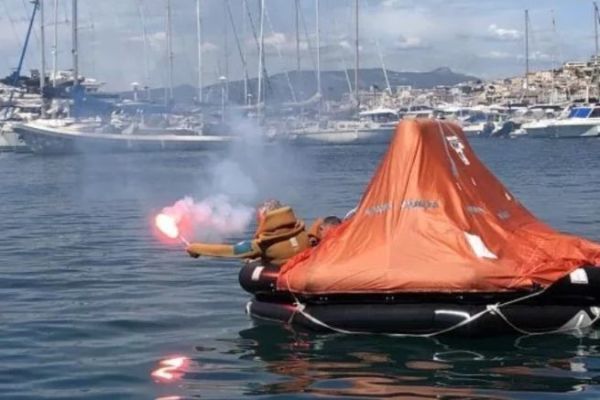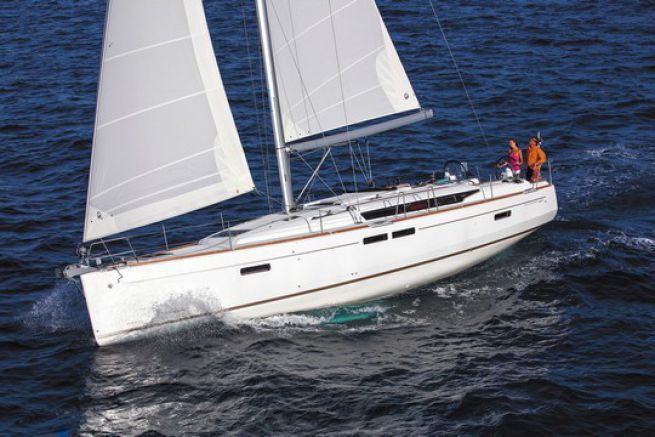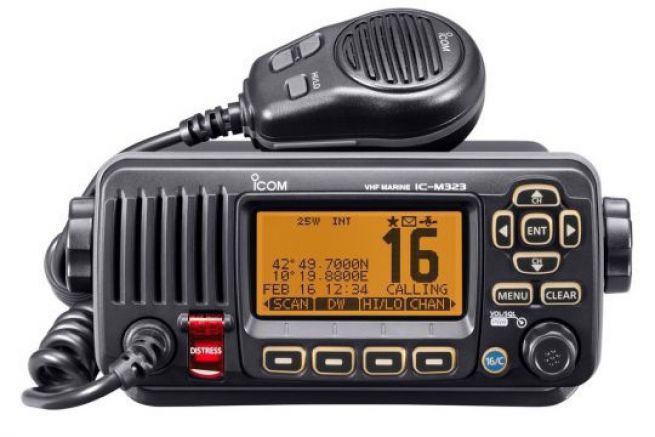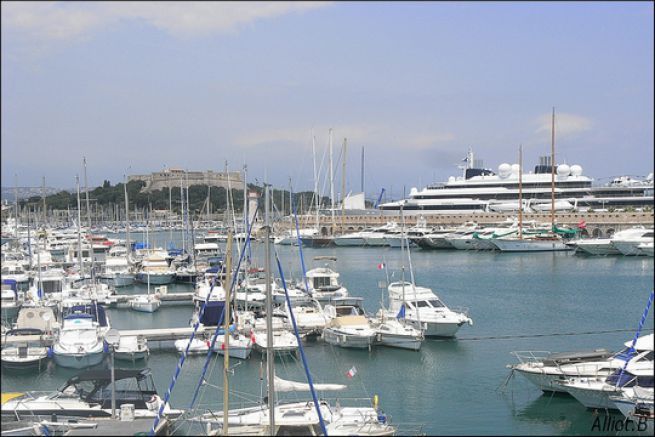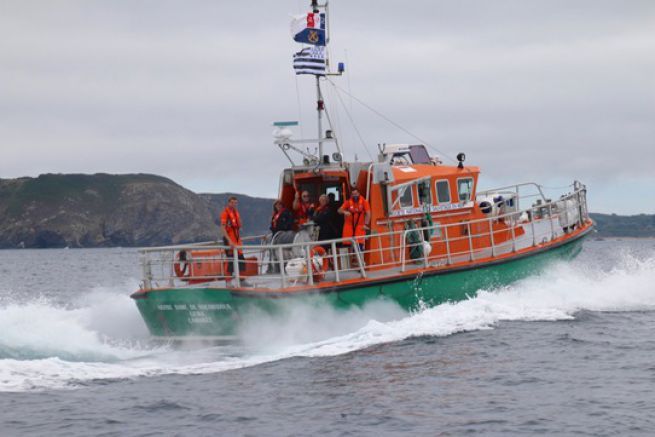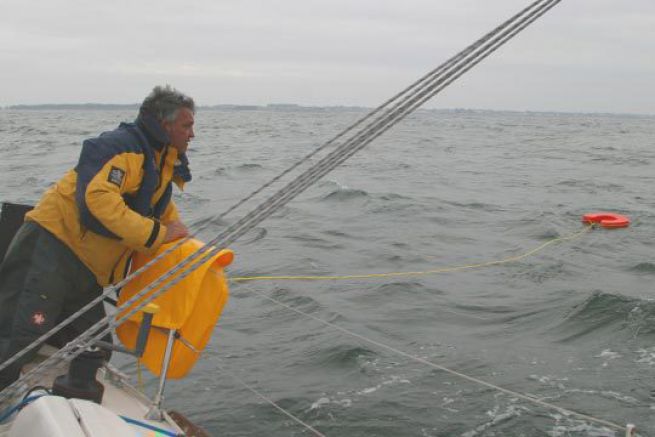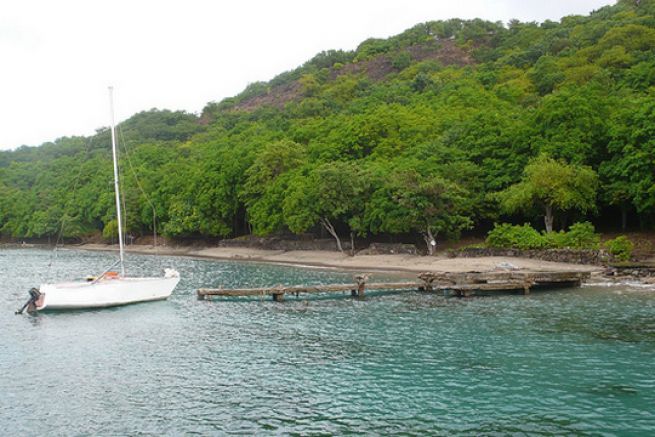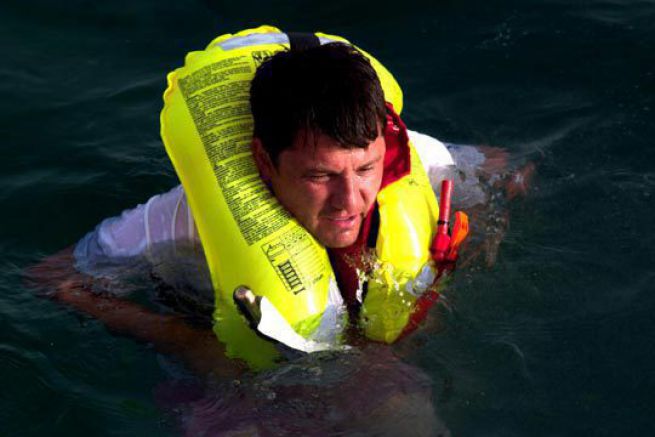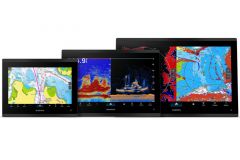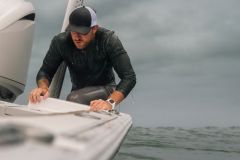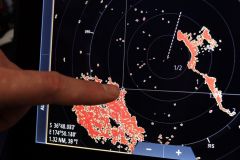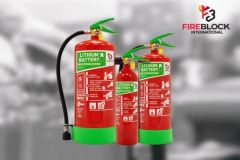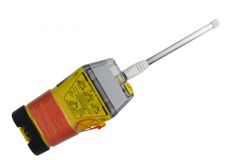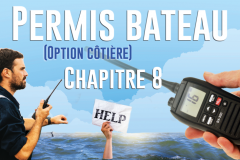The security armament of your boat is defined by Division 240 (Marine Regulations) according to your sailing area. If you are sailing 2 miles from the coast, we will not need the same equipment as for offshore sailing over 60 miles. Nevertheless, in all cases, you must check the integrity of your safety equipment. Here is our advice.
The horseshoe buoy
The horseshoe buoy if it is inflatable must be checked regularly, like a life jacket. Rigid foam buoys should also be checked and replaced if they are too old or damaged.
Discover the Silzig buoy which replaces the horseshoe buoy: read the article
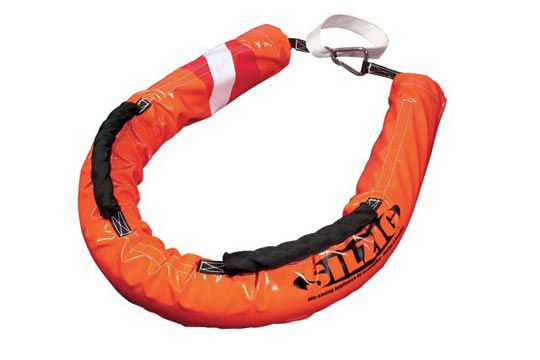
The hazard warning lights
Distress flares, hand flares, smoke and parachute lights are perishable. On the fire, a marking allows you to know my expiration date. They generally have a shelf life of three years. Their destruction is regulated and it is forbidden to use them for fireworks. You will need to take them to a licensed professional, such as your shipchandler.
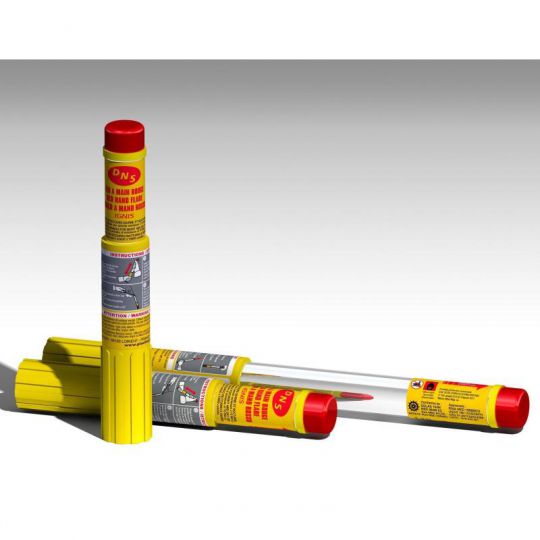
The emergency beacon
Each beacon has a lifespan which is written on the back of the beacon. It is the batteries that need to be changed. As it is a waterproof device, you will have to send it back to the manufacturer via the store where you bought it.
In case of doubt, a test mode allows you to check its correct operation, but be careful not to mishandle it.
All you need to know about emergency beacons: click here
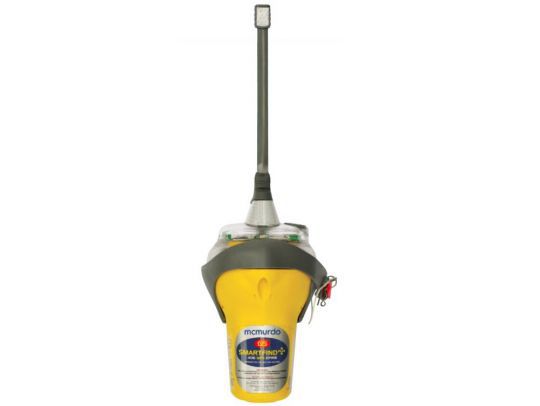
Liferaft
The lifespan of a liferaft may not be limited by the manufacturer. However, it is its maintenance that will be critical. Every three years, the liferaft must be tested by the manufacturer at an overhaul station and any weak points will be replaced. Some liferafts, such as Viking natural rubber or Plastimo liferafts (which carry an 18-year warranty provided that the liferaft has been serviced every 3 years), do not have an expiration date
First aid kit
Check that your first aid kit has not taken up moisture (e.g. for dressings and compresses). Remember to check the expiry dates of medicines regularly and replace them if necessary.
The light device
Check the proper functioning, the batteries and the tightness of your lamps: flash, torch and headlamp. Check the expiry date of the cyalume sticks (manufacturer's instructions), their lifespan varies according to the type of product (2 to 5 years depending on the references).
Extinguisher
You have one or more fire extinguishers on board. Their expiry date is indicated and periodic servicing is recommended. You can take them to a professional fire extinguisher maintenance and inspection company.
Manual dewatering device
The scoop check is pretty fast. If there are no holes and the handle is not damaged, you can store it with the safety equipment.
For the manual bilge pump, you will test its correct operation by immersing the suction hose in a bucket of water filled for this purpose.
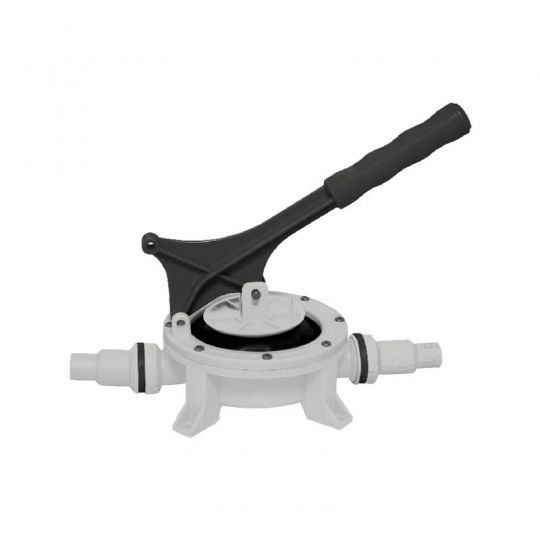
Towing device
The towing device consists of one or more hawsers. You must check their integrity, and coil it up well in case of emergency.
Mooring line
The dampening line should be checked at least once a year, but nothing prevents you from making a visual check each time it is used. In particular, you should check the chain/anchor and chain/cable connection for rust and wear.
You will also take the opportunity to check the mooring line (mooring the end of the mooring end to the boat).
Tide directory
The tide tables have an annual expiry date. For the RIPAM (International Regulations for Preventing Collisions at Sea), the description of the buoyage system and the book of lights, most of the time, they are compiled in specialized works such as the tide directory (Almanac du marin breton, Pilote côtier).
The pavilions
You have several flags on board, but it is the national flag that suffers the most from the wind and the sun. Maritime etiquette dictates that your national flag must always be beyond reproach.
Fixed VHF
Control the quality of transmission and reception by calling a semaphore, for example. You will announce the name of your boat, specifying that it is a VHF test. They will answer you by qualifying the quality of reception.
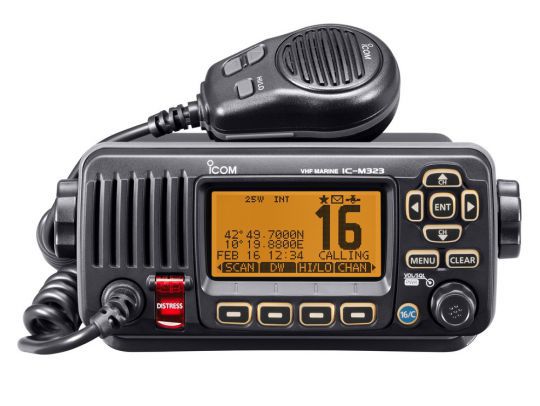
The material to take stock
The new regulations allow the use of electronic or paper cards. For the former, check the good quality of the GPS reception and the relevance of the given position.
For maps in general, check with the publisher for updates and make corrections if necessary.

 /
/ 